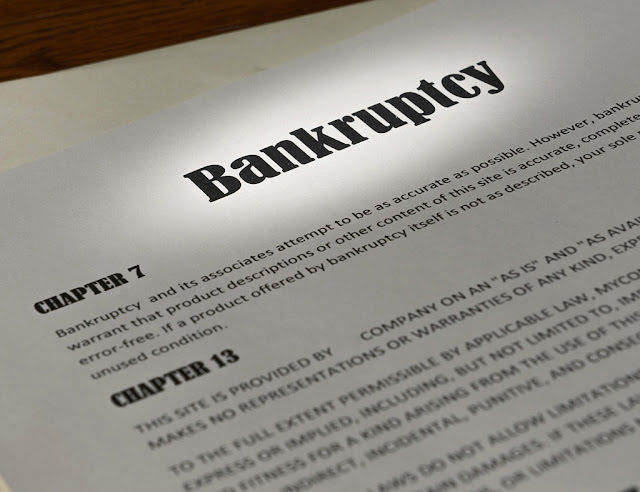Choosing the Right Style of Bankruptcy to File for Always Makes a Definite Difference
Financial problems sometimes mount to the point that there seems to be no easy way to overcome them. When saving and budgeting are no longer enough, it can make sense to consider filing for bankruptcy.
The best way to proceed in most such cases will be to consult with an attorney. Bankruptcy Options of two significantly different kinds are commonly used to resolve personal financial difficulties.
As with anything else in life, there is always a cost associated with bankruptcy. Being sure to choose the form of bankruptcy that is most appropriate will make it more likely that this price will be justified, in the end.
Some few people who file for bankruptcy do so seeking a court-managed reorganization of their financial arrangements. Also commonly employed by companies, this type of bankruptcy is described under Chapter 11 of the relevant body of law and is notably complex, slow-moving, and expensive.
The other commonly sought type of relief is sometimes described as "wage-earner's bankruptcy." Chapter 13 of the United States Code provides for a special type of protection for distressed debtors who are still earning regular, reliable wages.
Pursuing chapter 13 bankruptcy most often makes sense when income levels are not high enough to service debts but the liquidation of assets would interfere with the ability to keep earning a living. Whereas tools of a person's trade might be sold off to pay creditors in the course of Chapter 7 proceedings, such assets would be protected under Chapter 13.
People who seek relief under Chapter 13 will agree to have the court set up a payment plan with creditors. This will take income and assets into account and allow for the dissolution of debts after an agreed-upon period of adherence to its terms.
The best way to proceed in most such cases will be to consult with an attorney. Bankruptcy Options of two significantly different kinds are commonly used to resolve personal financial difficulties.
Making the Right Choice Ensures Bankruptcy Will Pay Off
Filing for bankruptcy is always a major step and not one that should ever be taken lightly. People who go through the bankruptcy protection should always obtain some level of relief from their debts but will also bear a negative mark on their credit records for many years thereafter.As with anything else in life, there is always a cost associated with bankruptcy. Being sure to choose the form of bankruptcy that is most appropriate will make it more likely that this price will be justified, in the end.
Some few people who file for bankruptcy do so seeking a court-managed reorganization of their financial arrangements. Also commonly employed by companies, this type of bankruptcy is described under Chapter 11 of the relevant body of law and is notably complex, slow-moving, and expensive.
There are Two Options for Most People Who Consider Bankruptcy
The majority of individuals who file for bankruptcy choose one of two far less involved options. Chapter 7 bankruptcy provides for the dissolution of a debtor's obligations to creditors, in exchange for the liquidation of most personal assets. This style of bankruptcy eliminates debt finally and completely and is generally most attractive, for this reason, to those in especially dire financial straits.The other commonly sought type of relief is sometimes described as "wage-earner's bankruptcy." Chapter 13 of the United States Code provides for a special type of protection for distressed debtors who are still earning regular, reliable wages.
Pursuing chapter 13 bankruptcy most often makes sense when income levels are not high enough to service debts but the liquidation of assets would interfere with the ability to keep earning a living. Whereas tools of a person's trade might be sold off to pay creditors in the course of Chapter 7 proceedings, such assets would be protected under Chapter 13.
People who seek relief under Chapter 13 will agree to have the court set up a payment plan with creditors. This will take income and assets into account and allow for the dissolution of debts after an agreed-upon period of adherence to its terms.

Comments
Post a Comment